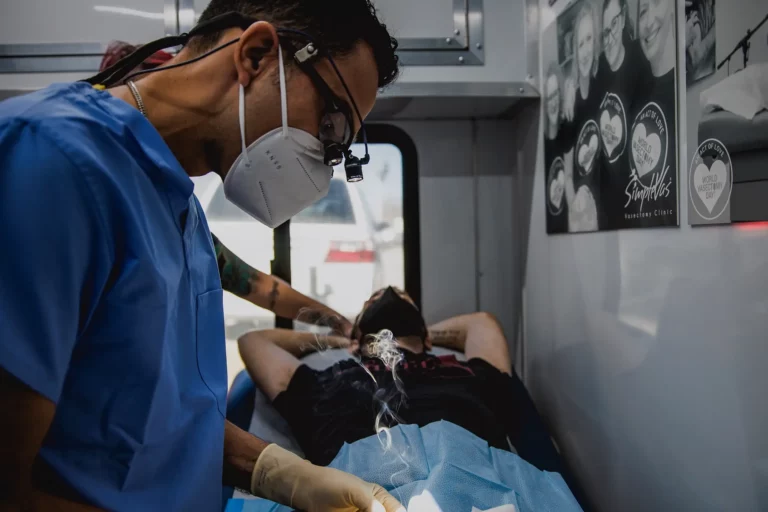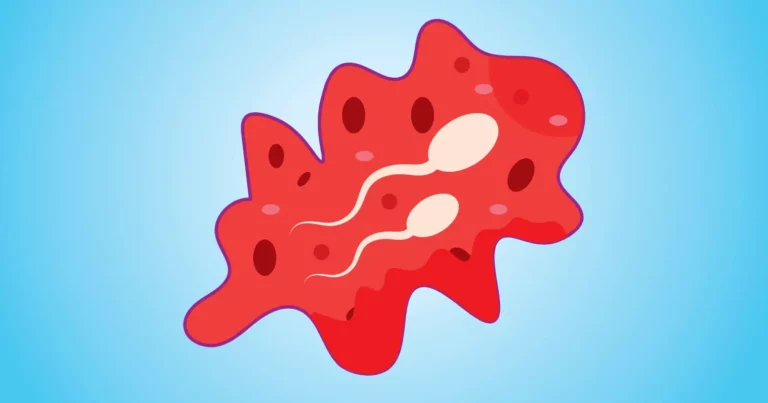Approximately 50 million men worldwide have chosen vasectomy as a method of male contraception. In 99.9% of cases, the procedure effectively prevents unintended pregnancy.
What is Vasectomy?
A vasectomy (also known as vasoresection) is a surgical procedure that involves cutting and tying off the vas deferens to prevent sperm from entering the ejaculate (semen). It is considered a permanent method of contraception for men and is often referred to as male surgical sterilization. Vasectomy renders a man infertile permanently.
It is essential to differentiate vasectomy from male castration. During vasectomy, the testicles retain their endocrine function and continue to produce sperm. Castration (orchiectomy), on the other hand, involves the removal of the testicles. Vasectomy is exclusively used as a contraceptive method aimed at preventing pregnancy. Castration is often performed for medical reasons, such as reducing testosterone production, treating testicular cancer, or removing necrotic (dead) tissues.
Who Is Vasectomy Recommended For?
Vasectomy is suitable for a man in a committed relationship if both partners do not want to have children and prefer not to use other forms of contraception. Additional indications for vasectomy include:
- The presence of health conditions in the female partner that could make pregnancy a health risk.
- Allergy to condoms.
- Inability to tolerate hormonal contraceptives.
- Severe genetic conditions in one or both partners that could be inherited by the child.
Sterilization is typically carried out after obtaining the patient’s written consent. A man deciding to become infertile must sign a document stating that he understands the consequences of the procedure and the complexity of restoring fertility afterward.
Is Vasectomy 100% Effective?
Compared to other male contraceptives (such as condoms, hormonal methods, or withdrawal), surgical sterilization is considered the most effective way to prevent unintended pregnancies. Vasectomy works in 99.9% of cases. Spontaneous reconnection of the vas deferens is rare—occurring in one out of every ten thousand cases.
Types of Vasectomy
There are two types of vasectomy: traditional and microsurgical (no-scalpel). In the traditional procedure, small incisions are made in the scrotum using a scalpel to access the vas deferens. After cutting and tying off the vas deferens, the incisions are sutured.
The no-scalpel vasectomy is a method of male sterilization without an open surgery. The surgeon locates the vas deferens and secures it with a clamp. A micro-puncture is made in the scrotum, through which the vas deferens is cut and tied off. This procedure does not require sutures. It is less invasive than traditional sterilization and does not cause bleeding or hematomas.
Another technique, currently under testing, involves inserting an intraductal device (a male spiral) into the vas deferens to block the passage of sperm. It is believed that this method could become a gentler alternative to traditional vasectomy without disrupting the integrity of the vas deferens.
How to Prepare for a Vasectomy?
Before the procedure, it is necessary to schedule a consultation with a surgeon. The doctor will review your medical history and may order additional tests to rule out contraindications. The following laboratory and instrumental diagnostics are typically performed before a vasectomy:
- Clinical blood and urine tests.
- Blood type and Rh factor test.
- Coagulogram.
- Biochemical blood test.
- Tests for HIV, syphilis, and hepatitis B and C.
- COVID-19 test.
- Electrocardiogram (ECG).
Two weeks before the procedure, under medical supervision, you should stop taking anticoagulants (blood-thinning medications), over-the-counter vitamins, and dietary supplements. Male sterilization via vasectomy is performed on an empty stomach after eight hours of fasting. Drinking fluids is not allowed two hours before the surgery. On the day of the procedure, it is recommended to take a light, non-hot shower and shave the hair in the scrotal area.
How Is Vasectomy Performed?
Vasectomy is usually done under anesthesia, which is administered intravenously. The patient enters a state of medical sleep, where sensitivity to external stimuli is reduced, but heart and respiratory functions are not affected. The steps of the vasectomy procedure are as follows:
- After the anesthesia takes effect, an incision is made in the scrotum to access the vas deferens.
- The vas deferens is pulled out, cut, and securely tied off at both ends.
- The same procedure is repeated on the second vas deferens.
- The incisions are closed using absorbable sutures.
Vasectomy is a less invasive method of contraception compared to female sterilization through tubal ligation. It involves minimal surgical incisions, and recovery is faster. Couples deciding between vasectomy and tubal ligation should consider these factors.
How Long Does the Procedure Take?
Vasectomy is usually performed in a medical center and typically lasts about one hour. After the operation, the patient remains under medical supervision in the hospital for 24 hours.
What Is the Recovery Process After a Vasectomy?
Recovery after vasectomy usually takes around seven days. To reduce swelling and bruising, it is recommended to apply an ice pack to the genital area periodically and wear an inguinal-scrotal support bandage for three to four days. Pain can be managed with analgesics. Physical exertion, sports activities, and sexual intercourse should be avoided for a week. For non-strenuous jobs, you can return to work two to three days after the procedure.
When Can You Have Sex After a Vasectomy?
You can resume sexual activity about a week after the procedure. If you experience discomfort or pain during intercourse, it is best to wait a few more days before engaging in sexual activities.
Is Vasectomy Reversible?
Vasectomy is reversible, but the success of restoring the patency of the vas deferens depends on the time since the procedure. The methods of vasectomy reversal include:
- Vasovasostomy: The scar tissue is removed from both ends of the vas deferens, and they are reconnected.
- Vasoepididymostomy: The vas deferens is directly connected to the epididymis.
If a reversal operation is performed within three years after the vasectomy, the probability of successfully restoring the patency of the vas deferens is 95-97%, and the chances of conceiving are 75-76%. Reversing vasectomy after 15 years restores patency in only 70% of cases and results in pregnancy in 30% of cases. Therefore, vasectomy should not be considered a temporary contraceptive method.
Possible Complications After Vasectomy
Vasectomy does not harm the body since it does not affect testosterone production, libido, erection, or ejaculation. It also does not increase the risk of prostate or testicular cancer. Side effects after vasectomy are rare. Potential complications include:
- Hematoma (accumulation of blood clots in soft tissues due to significant blood vessel damage).
- Spermatocele (epididymal cyst).
- Orchitis (inflammation of the testicle).
- Hydrocele (fluid accumulation between the layers of the testicle).
- Epididymitis (inflammation of the epididymis).
Approximately 1-2% of men experience chronic pain syndrome in the scrotum after surgical sterilization. Redness around the surgical area and fever may indicate an infection.
Contraindications for Vasectomy
Vasectomy is not performed in men with acute infectious diseases or chronic conditions in the acute stage. Other contraindications include:
- Heart and kidney failure.
- History of heart attack or stroke.
- Blood clotting disorders (coagulopathies).
- Use of anticoagulants.
- Inguinal hernia.
- Diabetes mellitus.
- Severe anxiety or depressive disorders.
- Malignant tumors of any location.
Vasectomy is not performed if there are signs of dermatological diseases (itching, redness, open wounds) in the scrotal area. The procedure will be postponed until the man’s complete recovery.






